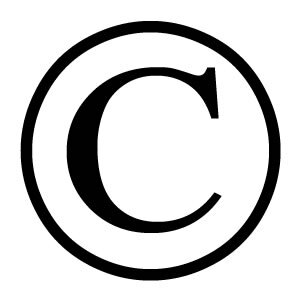Once the platinum/palladium print has been exposed and developed it is important to remove all the non-reduced metal salts.
If the prints hasn’t been thoroughly cleared and washed, destructive chemistry will remain in its fiber, most noticeably iron. The image can turn a slight rust tone but the contamination can be even more obnoxious. The permanence of the print depends on it being washed thoroughly so no residue chemistry remains in the paper.
1. Rinse the prints after each bath. Set up an additional washing tray to rinse the prints between each successive processing tray. This is particularly important after development, as there isn’t an intermittent step like stop bath in this process. Metal salts build up in the potassium oxalate, forming long pernicious molecules which shouldn’t be carried over into the clearing/fixing baths. This will also increase the usability of the clearing baths threefold.
2. Use two sets of thongs, one for development, the other for fixing to avoid cross-contamination. When the print thongs are not in use put them in water. Use two large glass jars for this. If the thongs are left exposed to air, by resting them on the corner of a tray, metal salts can oxidize on the rubber tips. These reduced salts will then be pressed into the paper fibers when picking up a print. In a few days, weeks, or years brown areas or an image of the rubber tips can appear on the print’s corners.
3. Continuous agitation is critical. Keep the prints face down and constantly in motion, even in the fixing baths. Metal salts are heavier than water and will precipitate down. It is difficult to observe this in practice but staining will occur if you don’t.
4. Wash the prints independently for 20 minutes. During the wash cycle periodically drain the tray completely. This ensures a totally freshwater supply and that no metal salts are resting on the bottom.
Hydrochloric acid was the standard clearing agent by 1900. To clear/fix a print a 1/60 dilution is used in three successive trays for 5 minutes each. It was discovered in the 1980s that H.C.A. (hypo clearing agent) also worked very well and is nonhazardous. The principal ingredient in H.C.A. that removes the platinum is E.D.T.A. (Ethylenediaminetetraacetic acid tetrasodium salt), most commonly used as a food preservative. It has a great affinity for heavy metals and is used medically to metabolize them from the liver and kidneys. A solution of only E.D.T.A. will work as a clearing agent but I’ve always used an H.C.A. formula. Sodium sulfite is an oxygen scavenger agent.
If you have old prints where brown iron stains have appeared, an E.D.T.A. or H.C.A. solution works very well to remove the iron compounds. Add 1/30 hydrochloric acid to the H.C.A bath and re-fix with constant agitation until the stain disappears but not longer than 10-15 minutes, then wash normally. If it is a particularly heavy deposit, a neutral gray tone may be insolvable. This is probably the remits of platinum/palladium.
Copyright © Curt Richter 2014
